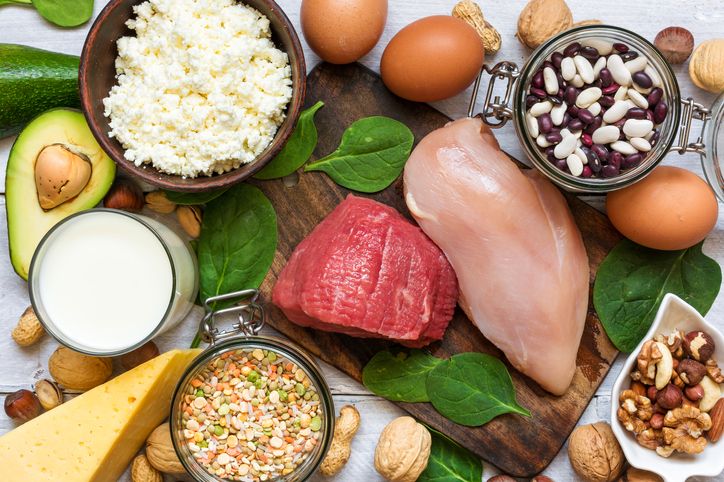Mirjana Prica is managing director at the Food and Agribusiness Growth Center (FIAL), an industry-led, government-funded initiative to accelerate commercially-driven collaboration and innovation in the Australian agrifood sector.
The views expressed in this guest opinion are the author’s own and do not necessarily represent those of AFN.
Putting aside the apparent scuffle among protein types, it’s timely to remember protein is a macronutrient that’s essential for life.
No one commodity, industry, or food has the ‘rights’ over protein.
Speculation over the future of the Australian protein sector has reigned supreme over the past few months. Peeling back the rhetoric, economic analysis – including FIAL’s Capturing the Prize: Project 2030 and Size of the Prize for Protein in Australia reports – indicates there is enough demand for all protein sources; insects and plant-based proteins included.
There’s room for everyone
Global protein consumption has risen 40% since 2000, with this growth in demand expected to climb further. The global protein market could be worth up to A$513 billion ($373 billion) in 2025. By then, traditional animal protein will be the largest component by value; plant-based proteins will account for the largest volume; while non-traditional sources like cell-based proteins and insects will emerge as the fastest-growing category, albeit from its current low base.
There will be ample opportunity for all protein sources to thrive together. With most traditional animal protein producers currently experiencing halcyon days of record prices, plant-based proteins will be especially beneficial for Australian grain farmers growing legumes and pulses, providing a new rotation and high-value market.
Demand for traditional protein will be strong due to continued domestic population expansion and the rising consumer class in emerging economies. As such, traditional proteins have a value-added potential of A$31 billion ($22.6 billion) by 2030, creating around 35,000 new jobs. In contrast, the number of jobs linked to creating plant-based and other alternative proteins could increase by approximately 6,000 to around 17,000 by 2030, with a value-added potential of A$5 billion ($3.64 billion). Clearly, both protein sources have different market cases, meaning there is room for both on our barbies and plates.
What does this mean for the agrifood industry?
Firstly, the emerging plant and alternative proteins market does not present a threat to existing traditional animal protein production. But it does offer real and significant opportunities for Australian grain farmers to diversify their production systems and fill the growing global protein deficit in a sustainable way.
Secondly, the opportunity for domestic producers and manufacturers in the traditional animal protein market is massive.
Future growth for both traditional animal, and plant-based, proteins will come from the food processing and value-add sector. A sector, which by all economic indicators, has truckloads of untapped growth and ongoing local and international demand.
Australia has a real opportunity to have a thriving local food manufacturing sector, while becoming a leading exporter in traditional, plant, and other alternative proteins. Look at Australia’s own Fable, which is preparing to launch its mushroom-based protein into the US after closing its A$6.5 million ($4.79 million) seed fundraise last month, and vegan cheese business Grounded Foods, which recently made the move to New York. FIAL has been involved in the growth journey of both these companies, navigating the value-add pathway with enormous success. These companies are exporting Aussie agrifood ingenuity – but there is more work to be done. [Disclosure: AFN‘s parent company, AgFunder, is an investor in Fable.]
Building domestic capacity and infrastructure to not only tap, but to build scale, for the plethora of protein opportunities is critical if we are to switch from importing ingredients to producing our own domestically. Companies like V2food are working with Australian farmers to switch their imported legume protein extracts to Australian produced legumes, building sovereign manufacturing capacity. The opportunities are right in our backyards.
The future
With demand for protein greater than supply, there is room for Australia to expand upon traditional sources and to look at new and sustainable sources at the same time. There is no need for a choice between protein sources; this is a perfect storm for protein producers of all types, a true win-win scenario.
To fully harness the possibilities, Australian food producers should explore deeper collaborations with other players across the value chain, such as food processing companies, researchers, nutritionists, and technology providers.
Agrifood is Australia’s largest manufacturing sector, its fastest-growing sector, and the country’s second largest employer. The opportunities are endless – and the opportunities in protein, of all types, are there for the taking.




